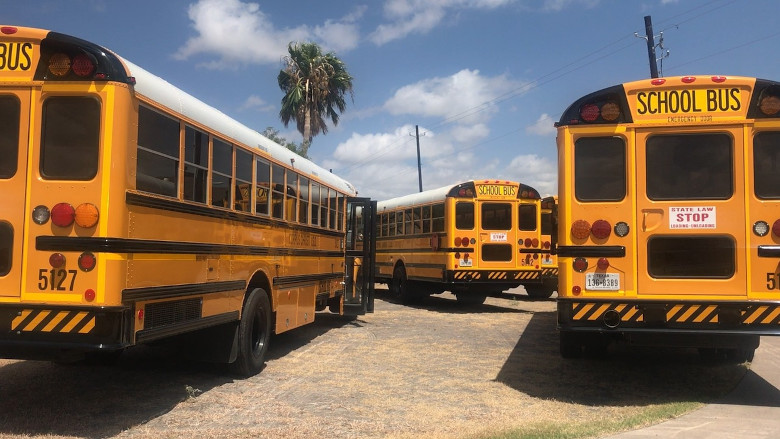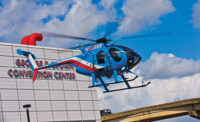CISA and the U.S. Secret Service National Threat Assessment Center have recently announced a new resource to help K-12 schools strengthen school safety reporting programs.
This week, the Cybersecurity and Infrastructure Security Agency (CISA) and the U.S. Secret Service National Threat Assessment Center (NTAC) released the K-12 Bystander Reporting Toolkit, a new resource to support kindergarten through grade 12 (K-12) schools in strengthening school safety reporting programs and encouraging bystander reporting among students and the broader school community.
The toolkit offers strategies and guidance K-12 schools and school districts can use to implement and enhance safety reporting programs and create a school environment where students are more willing and able to report concerns for the wellness and safety of themselves or others. It is designed to help school leaders create tailored, customized approaches that meet the needs of their unique communities.
Developed in collaboration with the Homeland Security Operational Analysis Center, the toolkit emphasizes five key takeaways for schools to consider as part of their safety reporting efforts:
- Encourage bystanders to report concerns for the wellness and safety of themselves or others.
- Make reporting accessible and safe for the reporting community.
- Follow-up on reports and be transparent about the actions taken in response to reported concerns.
- Make reporting a part of daily school life.
- Create a positive climate where reporting is valued and respected.
The toolkit is applicable to schools comprising of a range of student populations, geographical settings and at various levels of maturity in their approach to reporting. In addition to best practices and strategies, the toolkit includes self-assessment worksheets and checklists and a list of related school safety resources and tools.



